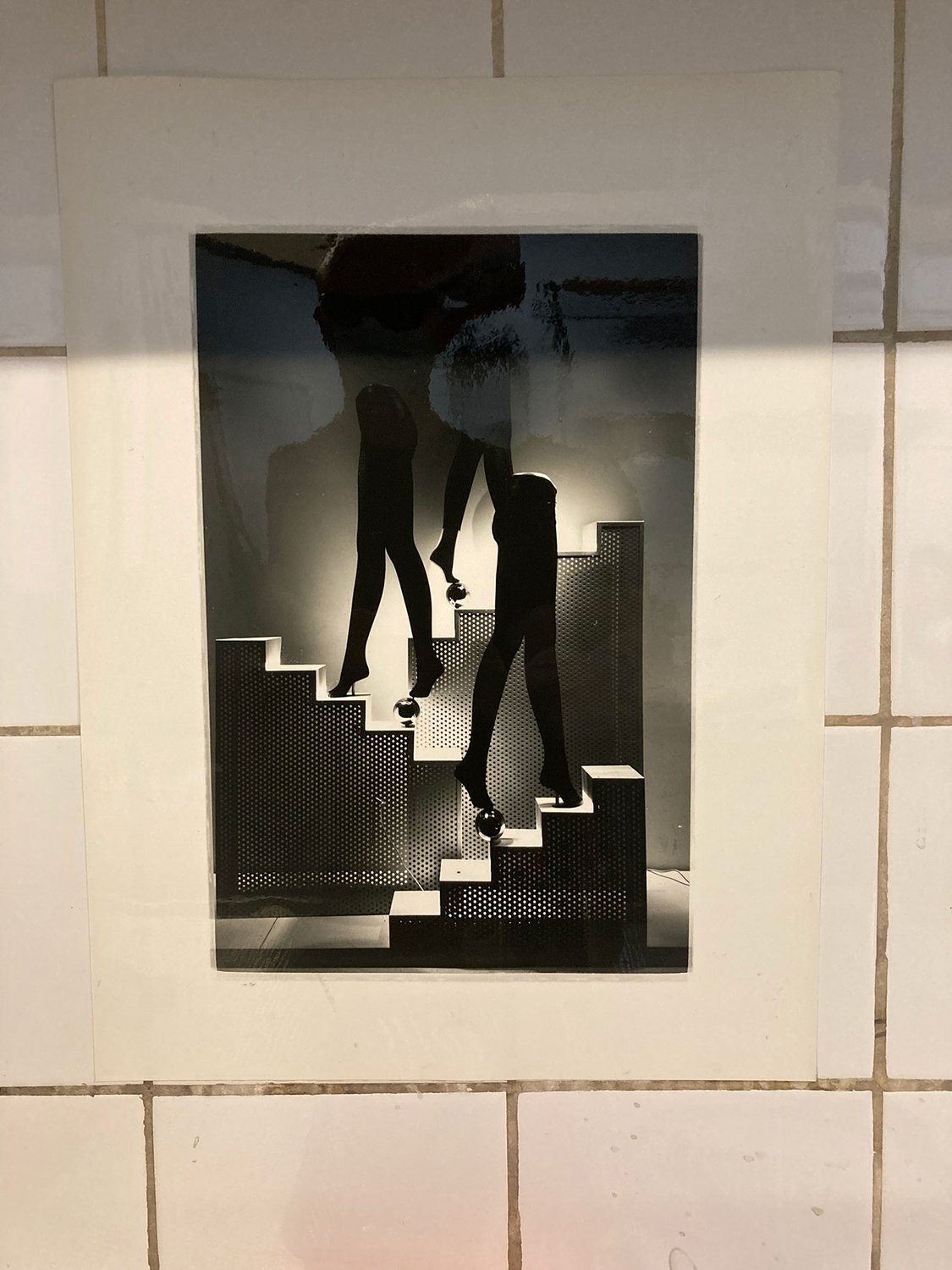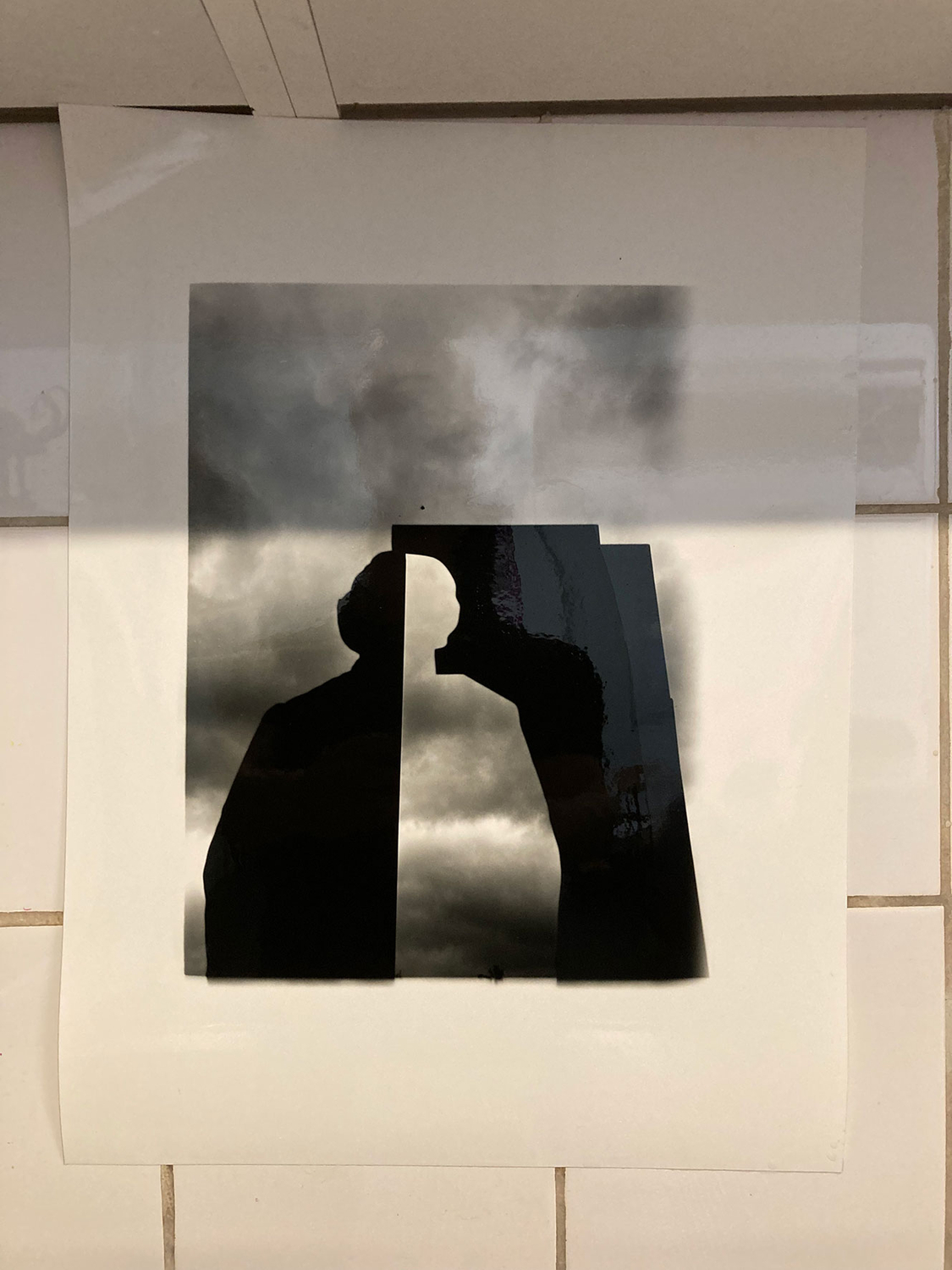It just points to one's own dedication to photography itself, not a process. If one is dedicated to a process, that's great. If one is dedicated to photography, then it is going to be done, regardless of what the equipment or process is.
Quitting photography altogether because of a piece of equipment sounds like cutting off one's nose to spite one's face, and points to dedication to process, not the art itself…….
Phil Forrest
Phil, not wanting to argue, just express an opinion, (and good luck with the hearing, btw) but “Art” isn’t the end result, it’s the process. Or, at the very least, art is the process every bit as much as the end result. The “art” involved is the way we accomplish something, the facility with which we get to the end result. If something is “done well”, such as a Monet of Water lilies, it was the doing of it that was the “art”. It’s not the water lilies. Had I been standing next to him, and shot a color photo, and the scene depicted was identical, it would not have been art. For those with a creative bent, process is extremely important. That’s a very inadequate exposition of how I look at this; Pirsig’s “Zen and the Art of Motorcycle Maintenance” demonstrates the difference between art and product much more clearly and decisively, but it’s several hundred pages long.
I shoot film and digital, spending more time with film for a variety of reasons, both process and end result, and I personally probably wouldn’t quit taking photographs if I could not use film, but there are people out there who are much more artistic than I am, and film is their medium. For them, I can completely understand the impulse to quit if they couldn’t practice film photography, which is a craft unto itself.
For me, film and digital are so different, I’ve long considered them to be two distinct hobbies.
I understand there are many for whom the subject matter, Bill and Jane sitting on a bench, sunset behind, is the only thing that matters and it doesn’t matter how that is created, watercolor or oils, film or digital, but not everyone looks at it that way.






